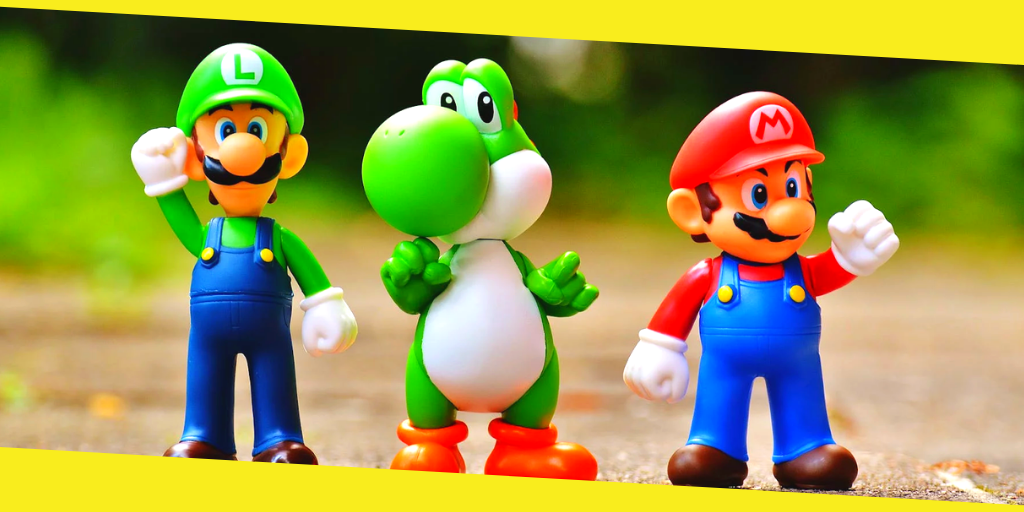
In recent days, the whole world is cooped inside their respective homes because of the ongoing pandemic. While the internet, books, and movies have been keeping us good company in this dire situation, yet some other hobbies can be taken up to combat these circumstances. Speaking of hobbies, they are as countless as the number of stars in the sky. One such interesting hobby is plastic modeling.
What is plastic modeling?
Before we understand about plastic modeling, let’s define a plastic model. It is nothing but a static representation of any object often scaled down to a miniature form with the aid of plastic components. The activity of creating such models is commonly known as plastic modeling. Plastic modeling is generally done to create miniature replicas of famous vehicles, aircraft, trains, and other such vehicles, which can belong to either defense or civilian categories.
Glue: An integral part of plastic modeling
The most interesting part of plastic modeling is its assembly of the various parts together to form the final product. To put the parts together, glue is extensively used in plastic modeling. Therefore, glue can be easily defined as the backbone for the process of plastic modeling. The novice modelers used plastic solvent-based glues in order to keep the parts together. However, the more experienced ones use different other kinds.
Some of the most common types of glue used in plastic modeling include:
- White or PVA glue
- CA or Cyanoacrylate
- Aliphatic Glue
- Solvent Cement
- Epoxy Resin
- Canopy Glue
Things to remember while choosing glue for your model
The term plastic model is quite generic. It is because the nature of the material of each component in a model differs from one another, therefore each model will have a different response to the glue type. Therefore, some important points should be considered before considering the glue for the plastic model.
The material of the model
As discussed earlier, understanding the materials of your model is extremely important and its possible reaction with the chosen glue. This is done so that the glue does not damage the finish of the product.
Glue Strength
The next factor is the strength of the glue. It is extremely important since this factor would decide how long the final product would stay in shape.
Skin Safety
Glues contain different kinds of chemicals, which can have a skin reaction. Therefore, before deciding on glue, check its composition and verify if you have any kind of allergy to any of the constituents.
Glue Viscosity
This feature refers to the thickness of the glue. Higher the viscosity, thicker is the glue. Thick glue, when used in minute pieces, can leave dollops of dried glue in the finished product. In some cases, thin glue when used for the bigger parts might not keep them up together.
You can also check the best glue for plastic models on various online forums and discussions.